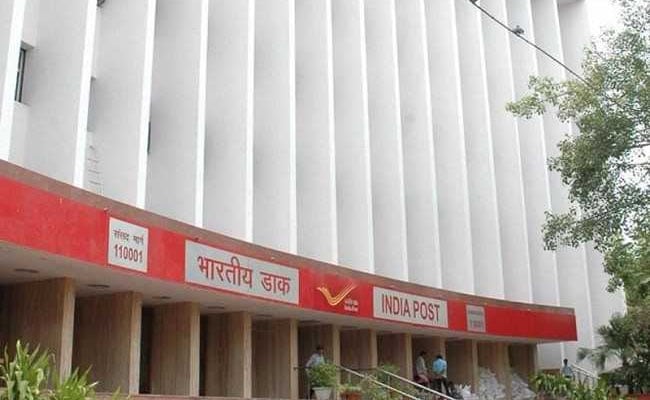(Also Read: Want To Earn A Regular Monthly Income? 5 Investment Options For You)
Minimum balances in respect of different types of account is given below (according to the website of India Post - indiapost.gov.in)
| SB(Cheque account) | INR. 500/- |
| SB(non Cheque account) | INR. 50/- |
| MIS | INR. 1500/- |
| TD | INR. 200/- |
| PPF | INR. 500/- |
| Senior Citizen | INR. 1000/- |
(Also Read: Post Office Savings Schemes That Offer Income Tax Benefits)
Charges in respect of different types of ATM transactions are given below
| Daily ATM cash withdrawal limit | INR. 25000/- |
| Cash withdrawal limit per transaction | INR. 10000/- |
| Charges for transactions done at DOP ATMs | Free (Both Financial & Non Financial) with a limit of 5 Financial transactions per day |
| Permissible free transactions at other Bank ATMs (per month) | Metro Cities - 3 free transactions (Both Financial & Non Financial) |
| Non Metro Cities - 5 free transactions (Both Financial & Non Financial) | |
| Charges after exceeding permissible free transaction limit at other Bank ATMs | Financial & Non Financial Transactions - Rs 20 + Applicable GST |
(Also Read: Nine Investment Schemes You Should Know)
How to get encashment of certificates / account before maturity
| NSCs (VIII Issue) | Maturity period 5 years (for certificates issued on or after .01.11.2011). No premature encasement possible. |
| Different Savings Accounts | |
| SB | Can be closed at any time |
| RD | Premature closure permissible after 3 years - only SB rate is permissible |
| TD | Premature closure permissible after 6 months |
| MIS | Premature closure permissible after 1 year |
| Senior Citizen | Premature closure after 1 year |
Service charges for outstations cheques
Cheque realization charges for outstation Cheque.
Rs 30 for first thousand or part
Rs 31 for each additional thousand or part
In case of bouncing of cheque Rs 50/- is charged as service charge.
Interest rates on post office saving schemes
Post office savings account offers 4 per cent interest per annum on individual / joint accounts.
5-Year Post Office RD Account has been offering 6.9 per cent per annum (quarterly compounded) since January 1, 2018..
Interest on post office TD account is payable annually but is calculated quarterly.
From January 1, 2018, interest rates are as follows:
| Period | Rate |
| 1yr.A/c | 6.60% |
| 2yr.A/c | 6.7% |
| 3yr.A/c | 6.90% |
| 5yr.A/c | 7.40% |
Post Office MIS Account offers 7.3 per cent per annum, which is payable monthly. This rate came into effect from January 1, 2018, said India Post.
From July 1, 2017, interest rate payable on Senior Citizen Savings Scheme (SCSS) is 8.3 per cent per annum.
From January 1, 2018, interest rate payable on 15-year PPF account scheme is 7.6 per cent per annum (compounded yearly).
NSC offers 7.6 per cent interest rate that is compounded annually but is payable at maturity. This came into effect from January 1, 2018.
Comments
KVP fetches 7.3 per cent interest, compounded annually with effect fom January 1, 2018.From January 1, 2018, the interest rate on Sukanya Samriddhi Accounts scheme is 8.1 per cent per annum, calculated on a yearly basis and compounded yearly.













